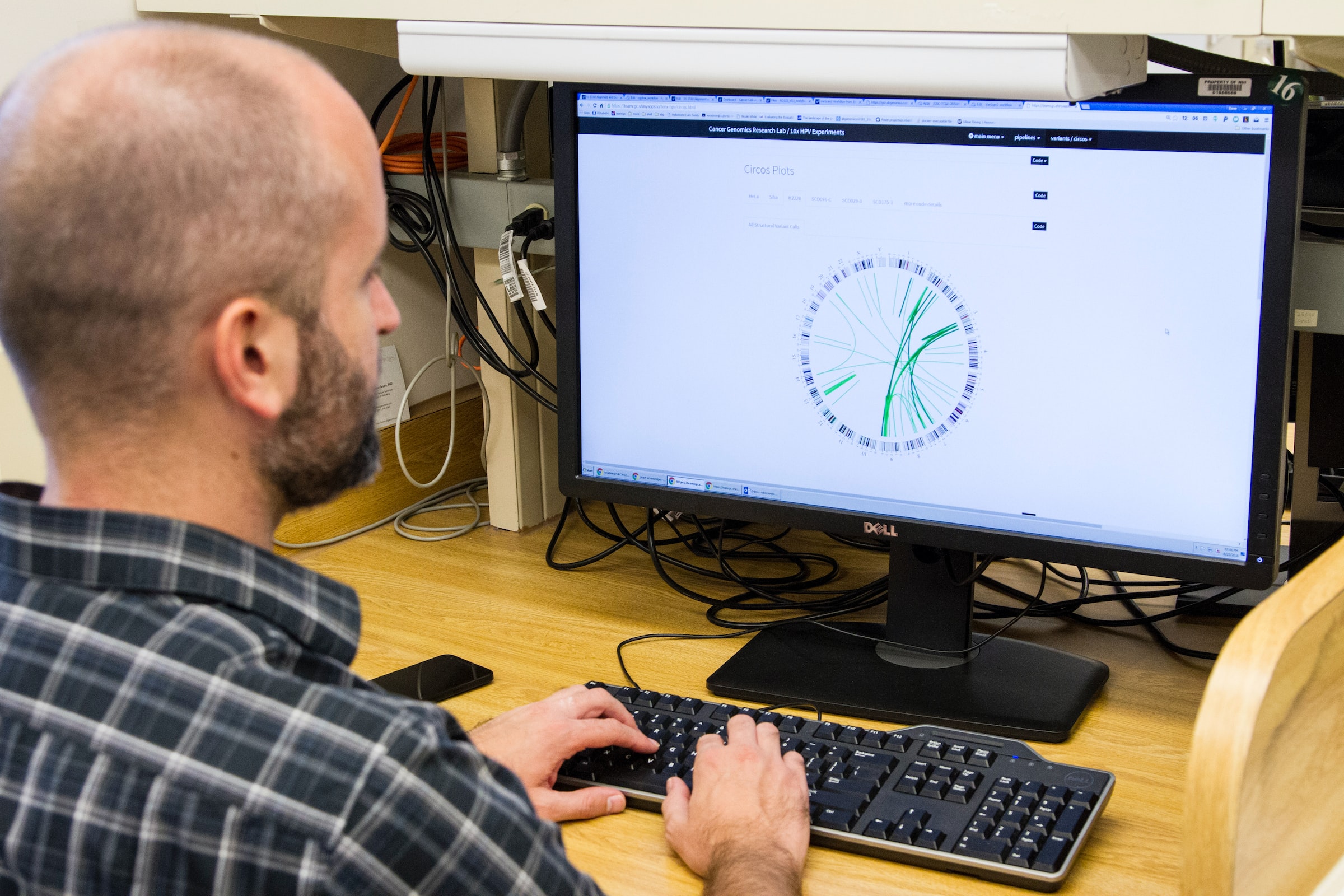Technological Research And Development In Business - When Science Meets Technology
The creation, design, improvement, and production of novel goods, pieces of machinery, and other technical innovations are referred to as technological research and development(or R&D).
Technology research and development is carried out by highly qualified scientists and engineers on a variety of modern products, including computers, consumer electronics, industrial machines, and medical equipment.
Research is done by professionals in a wide range of places, such as engineering firms, biotechnology companies, manufacturing plants, academic labs, and private businesses.
It is helpful to define research and development, consider its position in business, and consider its wider significance in order to comprehend the role and influence of R&D.
This will put us in a better position to examine how R&D is financed, especially through the effective government tax credit incentives for R&D.
R&D Stands For What?

The Strange Secrets of R&D: Business Professor Explains | Curious?
For research and development, use R&D. We will now delve into a much broader and more complicated subject of what R&D stands for in a corporate environment and its power.
Technological research and development devote a substantial percentage of their efforts to creating innovative, practical inventions.
Engineers do in-depth research on the state of technology in their area of specialization to ascertain whether new goods are necessary or whether existing ones may be improved.
In most situations, professionals collaborate to generate ideas and estimate the time and cost required to build a new product, as well as the possibility that it will be successful.
Engineers usually write grant applications to get the money they need to start the building phase.
Typically, a group of skilled engineers uses computer-aided drafting software to design a piece of equipment, determine its measurements and functional requirements, and run simulated tests on it.
When a design appears to have potential, the engineers acquire the necessary materials, construct a prototype, and carry out numerous tests and experiments to ensure the design is sound.
A successful machine undergoes a final examination to make sure it is secure, legitimate, and as effective as feasible.
The engineering team can then proceed to file patent applications, organize for the product to be mass-produced, promote, and sell to distributors.
Many diverse industries dedicate millions of hours and enormous sums of money to technology research and development.
The focus of some of the most significant and well-known research is on nanotechnology and its uses in computer science.
Computers, electronics, and telecommunications services are constantly being improved upon by skilled scientists and engineers.
The design of energy-efficient cars, generators, and power plants depends heavily on technological research and development.
The work of modern engineers also affects public sanitation, food science, medical care, and the protection of the environment.
Those interested in technology research and development may apply for internships or assistantships at a variety of organizations.
Engineers work with assistants to create and test prototypes, prepare reports, and submit patent applications.
Mechanical, industrial, biomedical, or computer engineering bachelor's degrees or higher are often required of people who want to get further involved in product design.
A professional may be given the chance to manage a group of engineers and assistants and plan autonomous research projects if they gain experience in the field and keep up with the most recent technical developments.
Research And Development Methods
Ideas and theories are the foundation of any R&D, whether it be to identify problems or uncover new opportunities.
The next step in the R&D process is to investigate and research those concepts to determine their viability.
Basic research and applied research are the two primary categories of research that make up R&D.
Learning new things and applying them to develop understanding and intelligence that a business may use to its advantage are the main goals of basic research.
This information can serve as the basis for future R&D initiatives and as input for tactical business choices.
The goals of applied research are usually much more specific and focused. This could entail utilizing new technology, expanding into untapped markets, enhancing security, or lowering expenses.
Applied research is frequently used to kickstart the development stage.
The goal of the design and development phase is to transform an idea into a workable product or procedure.
In essence, it involves turning the study into a useful commercial good or service. Designs, prototypes, experiments, testing, and improvement are frequently involved.
The development phase requires prototyping since it enables you to find problems, solve them, and enhance the design.
For those who are working on manufacturing development, you eventually enter a phase called "manufacturing trials" when you try to manufacture the product on a larger scale.
Business research and development R&D in business is more crucial than ever because of developing technologies and quickly shifting markets.
Despite the fact that R&D is a function in many firms, how it is carried out in practice varies greatly.
Additionally, the level of R&D intensity varies greatly between industries and within firms. We will delve a little more into this.
What Does R&D Mean For Business?
Businesses will approach R&D in many ways, utilizing various organizational structures to carry out various R&D initiatives.
Also, the way organizations use R&D internally is very different, which has a big effect on the overall impact.
Because they lack the resources, some businesses will outsource their research and development in order to continue to innovate.
While some companies prefer to outsource their R&D, others have departments solely devoted to this activity.
Any business's R&D department is a complex one that frequently faces difficulties.
Many R&D leaders strive to speed up development while also creating more effective future plans and roadmaps.
R&D is used by many companies to try to build a culture of innovation throughout the whole organization. This is a common but difficult goal.
R&D Approach
It is insufficient to only conduct R&D. You must strategize if you want to get the most out of an R&D function.
How you plan and strategize around R&D is crucial regardless of your R&D objectives, whether you want to gain a competitive edge, a first mover advantage to profit from a new technology, keep up with a rival, or enter a new market.
Benefits will come from a strategic R&D program. It becomes even more beneficial when used in conjunction with R&D tax credits.
To utilize R&D tax credits more effectively, you might wish to modify your R&D procedures and planning.
The ultimate objective is for R&D to infiltrate an organization's culture and business philosophy.
By utilizing R&D tax credits, the financial uncertainty at the core of the possibly most valuable R&D initiatives can be reduced.
You may be rewarded for taking greater chances. This influences a shift in perspective when tackling difficult initiatives.
Our industry experts and professional tax advisers can help with this. ForrestBrown works directly with companies to ensure they get the most out of their R&D.
R&D Expenditures
Even though the costs are high, a business is investing in its future potential when it funds R&D.
A business can maintain its competitiveness and keep up with changing client needs by investing in R&D.
Businesses that invest in R&D may be eligible for support in a variety of forms, including tax advantages.
There is the SME incentive as well as the RDEC incentive for large businesses and grant-funded SMEs when it comes to R&D tax credits.
Establishing An R&D Department
R&D Divisions
Some businesses will assign R&D to a small team or just spread out R&D tasks across several teams and individuals on a more sporadic basis.
Just paying a small team of researchers from think tanks or institutions like the electronic Novabach (click here to see their work).
Other businesses have a separate R&D division. Larger businesses might even set up R&D centers, which can give them access to regional R&D experts and specialized R&D tasks.
An R&D Department Is What?
A wide variety of experts might work in an R&D department, from R&D engineers and chemists to R&D managers in charge of the results.
There are R&D leaders who occasionally try to lead their company's R&D division.
What does an R&D department do? An R&D department's job is to keep a corporation competitive by offering market insights and creating new services or products or upgrading existing ones in response to market demands.
The R&D division will play a significant role in how the company expands in the future.
A variety of duties will fall under the purview of the R&D division.
This can mean anything from figuring out what a target market wants to thinking about new products and making sure their quality.
People Also Ask
What Is Technical Research And Development?
The process through which a business creates new information that it may utilize to build new technologies, goods, or services that it will either employ internally or sell is known as research and development, or R&D.
What Is A Technological Research?
The need to protect the environment creates new responsibilities, industrial production makes it necessary to rethink the idea of "material culture," and new information technologies lead to new models.
All of these things are seen as interesting challenges by those who study technology.
What Is Meant By Technological Development?
Technological change (TC) or technical progress is the process of making, improving, and spreading new technologies or methods.
Conclusion
As we've talked about, R&D is crucial to business growth and your capacity to compete in a market.
Long-term success is more likely for a business that can come up with new ideas, use new technologies, and improve how it does things already.
The advantages of R&D on a larger scale encompass entire industries and have a positive effect on the economy as a whole.
An industry that extensively invests in R&D will advance and do more, including give people tangible advantages.
R&D and economic growth often go hand in hand for many nations. Incentives for R&D are frequently included in a government's goals to expand its economy.
According to Unesco, global R&D spending has risen to a record high of about US$ 1.7 trillion. In terms of R&D expenditures, China and the United States are in the lead.
When technological advancements improve people's lives on a global scale, especially those who are most in need, R&D can truly start to pay off.

